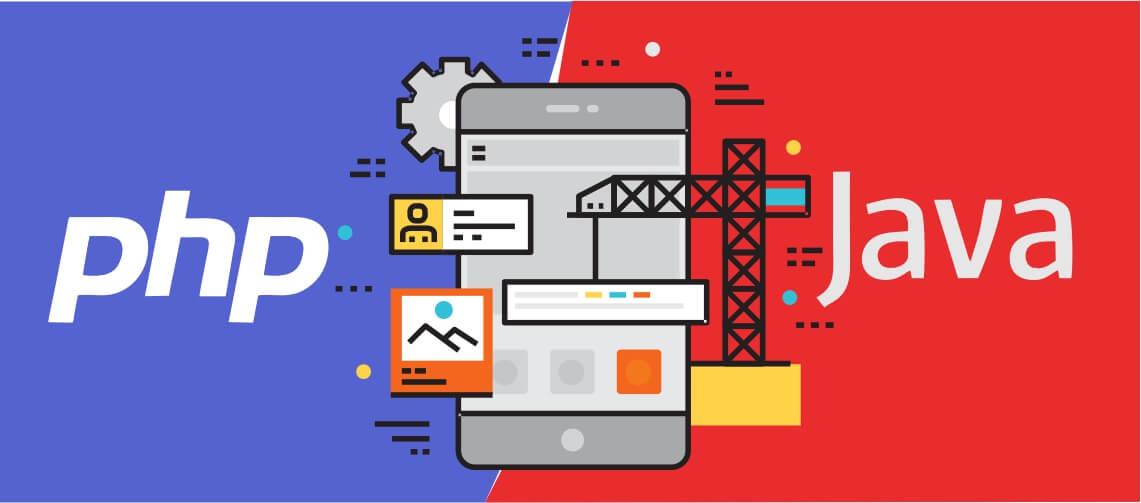 Embedded finance, often referred to as embedded banking, falls under the banking as a service (BaaS) segment. It refers to the integration of financial services such as insurance, loans, debit/credit cards, investments, etc. into the traditional, non-financial sector. Simply put, it is the process of non-financial entities integrating financial services or products into their own platform, using APIs.
Embedded finance, often referred to as embedded banking, falls under the banking as a service (BaaS) segment. It refers to the integration of financial services such as insurance, loans, debit/credit cards, investments, etc. into the traditional, non-financial sector. Simply put, it is the process of non-financial entities integrating financial services or products into their own platform, using APIs.
As per a study, the embedded finance market would approximately be valued at over $138 billion by 2026. The market is estimated to grow at a CAGR of 16.4% between 2022-32.
It is, therefore, a tool that promises to revolutionize the future of banking.
E-commerce and online marketplaces are all examples of embedded finance. For instance, you shop online to buy electronics, trousers, accessories, etc.; or book a cab home. When you reach the payment option, you are led through a payment gateway to make the payment through your selected mode of payment. That is nothing but embedded finance where you don’t need to leave the app or portal to make your purchase.
Here’s how traditional, non-finance entities can benefit from embedded finance:
Benefits
Enhances Customer Experience
Embedded finance makes customers’ digital experience more convenient because they don’t really feel the “pinch” of making payments. With digital payments gaining prominence, it makes purchasing experience easy and accessible, as it is important for businesses to close a transaction in the most seamless manner.
Enables Customization Of Financing Offering
The current trend in digital purchasing experience is now centered on providing a more personalized experience to users. Due to a lot of competition from companies offering similar products at similar prices, making the right offer to the right customer becomes more important for your business to grow at a fast pace.
This can be achieved by collecting and analyzing your customers’/ visitors’ data. And this is where embedded finance can help gain visibility over your customers’ transactions, and let you understand your customers’ real requirements.
A great example is the rewards apps that gather insights into customer purchases, where generating and managing personalized offers and discounts for customers becomes easier.
Makes Financing Processes More Secure
The banking and finance industry has long been battling with security concerns. Embedded finance plays a vital role in a customer’s decision-making process to invest, borrow, or lend money. It helps create a safe financial environment for users through the implementation of real-time monitoring platforms. And also makes the integration of credit products into a traditional, non-financial system a seamless one. Thus, it adds an added security layer by integrating various security measures.
Seamless Integration of Various Payment Options
Embedded finance also enables the inclusion of additional services to the overall buying experience. Integration of options to buy now, pay later; or pay the EMI amount and buy the whole product, offered by the embedded finance system makes the buying process less tedious for the users.
For example, e-commerce platforms such as Amazon not only offer customers the option to pay for their selected products entirely, but also recommend paying in installments. Upon selecting the installments option, the users are then seamlessly transferred to the EMI or insurer’s offer. It thus makes the whole purchase process faster, easier, and more secure.
Increase Customer Acquisition
Embedded finance’s main benefit is offering convenience to customers. When used tactfully during the customer onboarding stage, it makes it easier and more convenient to increase customer acquisition. The solutions and services offered through embedded finance enable your users to have an end-to-end interaction with your firm through their smartphones and devices.
Let’s look at the top players of embedded finance:
Key Players of Embedded Finance Culture
Digital Platforms
These are non-fintech firms that are focused on developing customer-centric digital platforms such as mobile apps, desktop applications, or websites. They offer customized financial solutions to customers based on their research and understanding of target audience segments, by ’embedding’ those services within their platform.
Financial Institutions
This category includes banks, small finance banks, NBFCs, and all institutions dealing with finance. The role of financial institutions in the embedded ecosystem can be categorized as follows:
-
Embedded payments:
These include firms offering an electronic wallet system with balance management and payment options. They enable online firms that sell goods and services online to directly integrate payment service features on their platform. Some firms may even launch their own payment solution, too. Examples include companies such as Square and Razorpay.
-
Embedded lending:
A non-financial firm offering one or several loan options to clients which allow them to purchase a product/service falls under this category. Although many marketplace platforms provide deferred payments and loans to their end customers, some of them also offer business loans to their merchants or suppliers.
-
Embedded banking:
Includes various banking services like saving accounts, transaction management, services like credit/debit cards, and more. The embedded banking process becomes similar to vertical banking when non-financial companies cater to a specific customer group.
-
Embedded insurance:
Embedded insurance is a boon for online retailers and marketplaces. It enables them to offer protection to the products they’re selling to their customers, against any damage. And this is also a priority for the customers. For instance, Amazon already offers insurance for its products.
-
Embedded investments:
Here, investors not only do stock trading, buy mutual funds, retirement plans, etc., but also receive the latest updates and market news on the same platform. This segment has insurers and investors as service providers behind them, often connected via API (application programming interface). It is to be noted that these firms aren’t licensed insurance or investment firms, similar to embedded banks.
Embedded FinTech Companies
FinTech companies are tasked with creating end-to-end software tools (APIs and SDKs), which help connect financial institutions to digital platforms. The SDKs (software development kits) enable importing functionalities within a mobile or a web app seamlessly with easy integrations. Examples include firms such as Google Pay, Paytm, etc.
Final Notes
Embedded finance enables financial firms to understand their customers better, and build meaningful relationships with them. It can thus definitely be called an underrated but promising tool to bolster the mainstream payments industry’s growth. At the end of the day, all the parties involved in a transaction profit from embedded finance: the provider, the suppliers, and the end customer.
Mindfire Solution has assembled a team with extensive experience in delivering products for disruptive FinTech startups, payment service providers, online lending platforms, insurance companies, and players in digital banking.
If you are looking to adopt the technology into your application development mix, visit Mindfire Solution.




 Like consumer applications, enterprise applications also need to deliver optimal user experience. But enterprise applications are developed with the aim to make employees productive and processes efficient. Hence, enterprises want to develop the custom software applications in the best programming language. The programmers have option to write enterprise software applications in a number of programming languages including Java and PHP. Java is a general purpose programming language, whereas PHP is used widely as a server-side scripting language. Java is a compiled programming language, whereas PHP is an interpreted programming language.
Like consumer applications, enterprise applications also need to deliver optimal user experience. But enterprise applications are developed with the aim to make employees productive and processes efficient. Hence, enterprises want to develop the custom software applications in the best programming language. The programmers have option to write enterprise software applications in a number of programming languages including Java and PHP. Java is a general purpose programming language, whereas PHP is used widely as a server-side scripting language. Java is a compiled programming language, whereas PHP is an interpreted programming language.